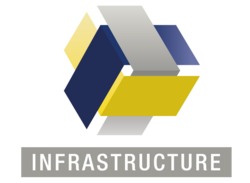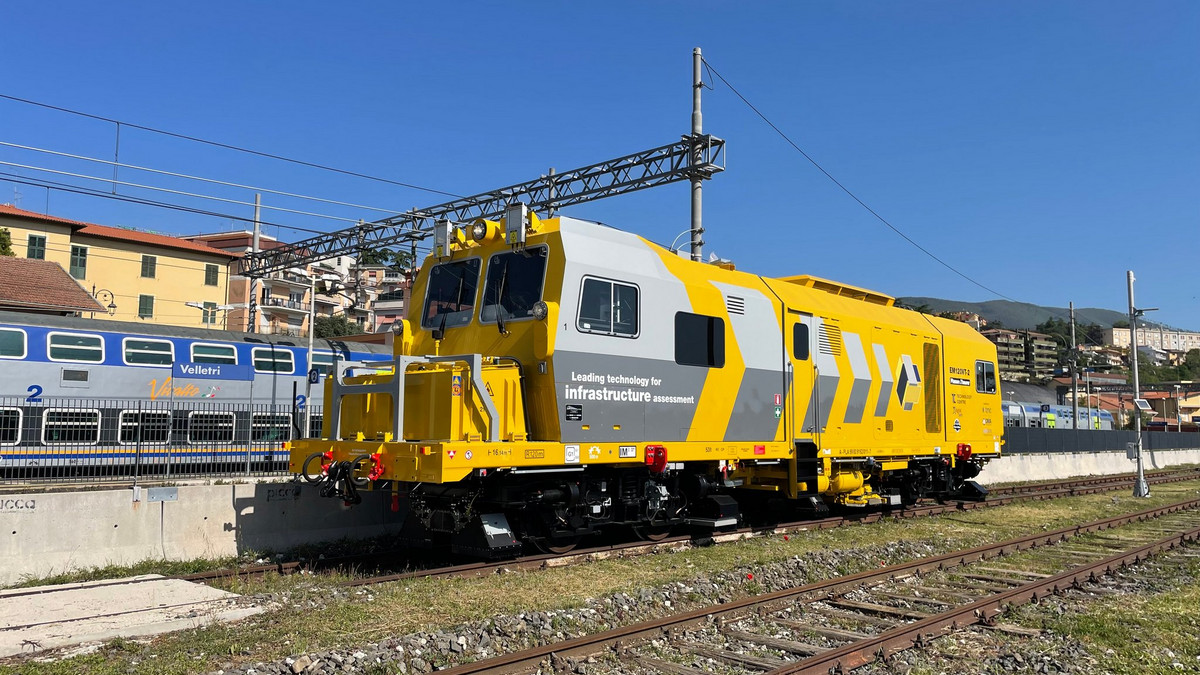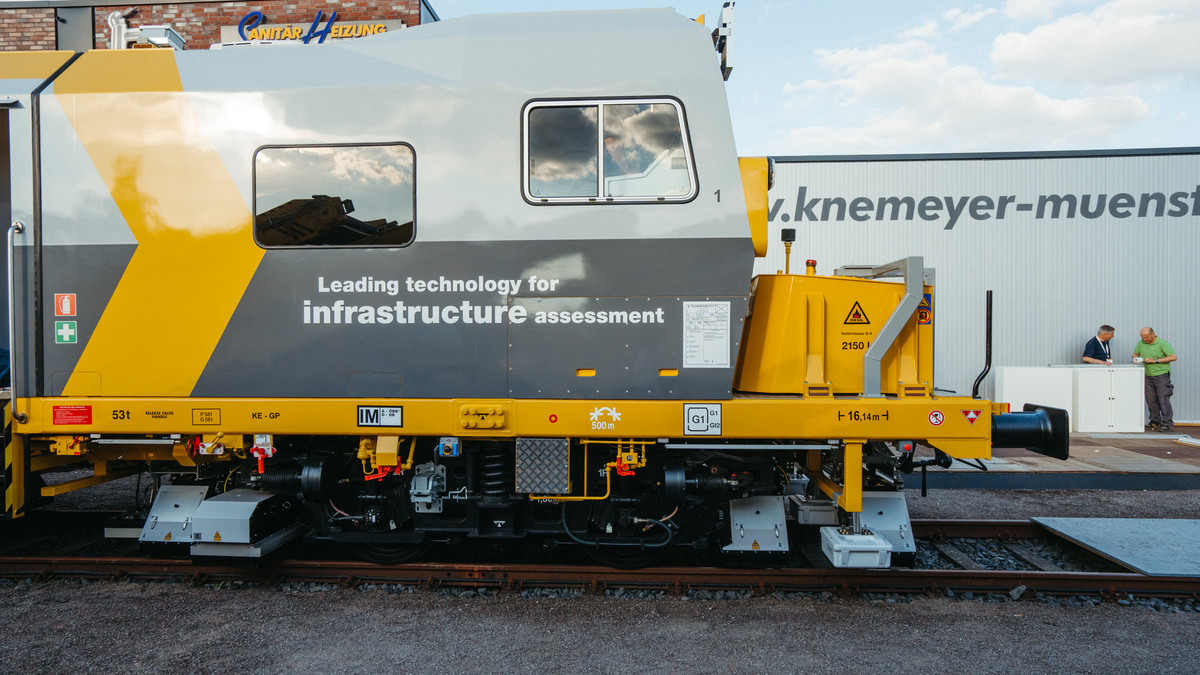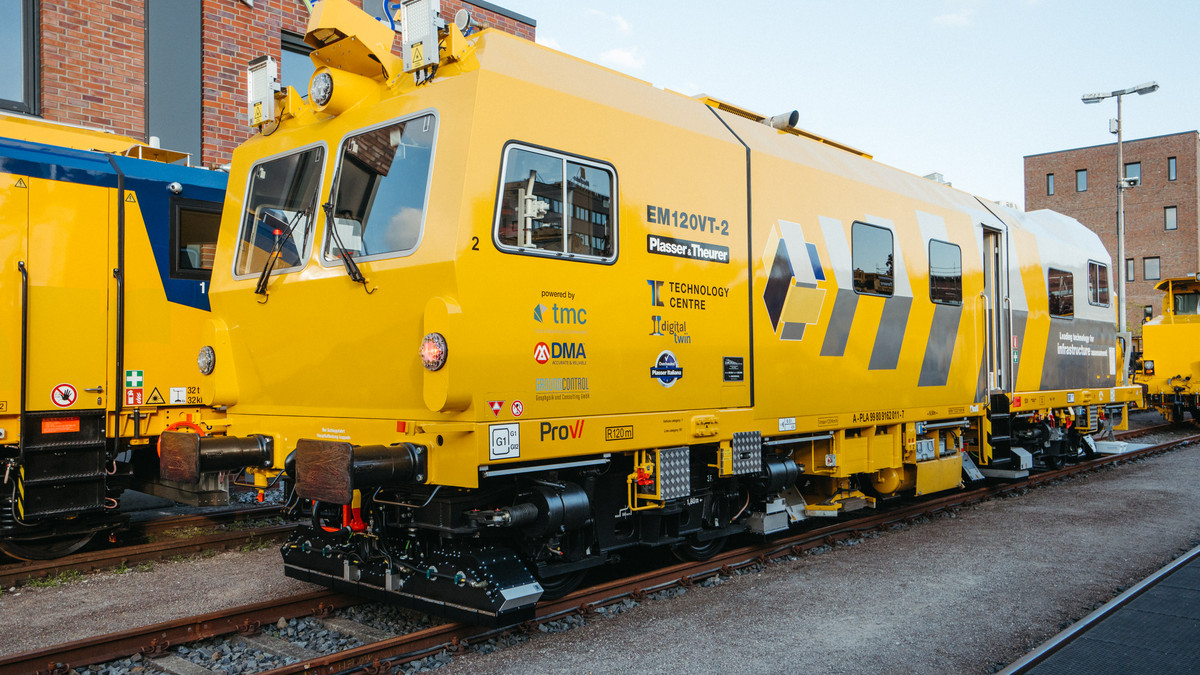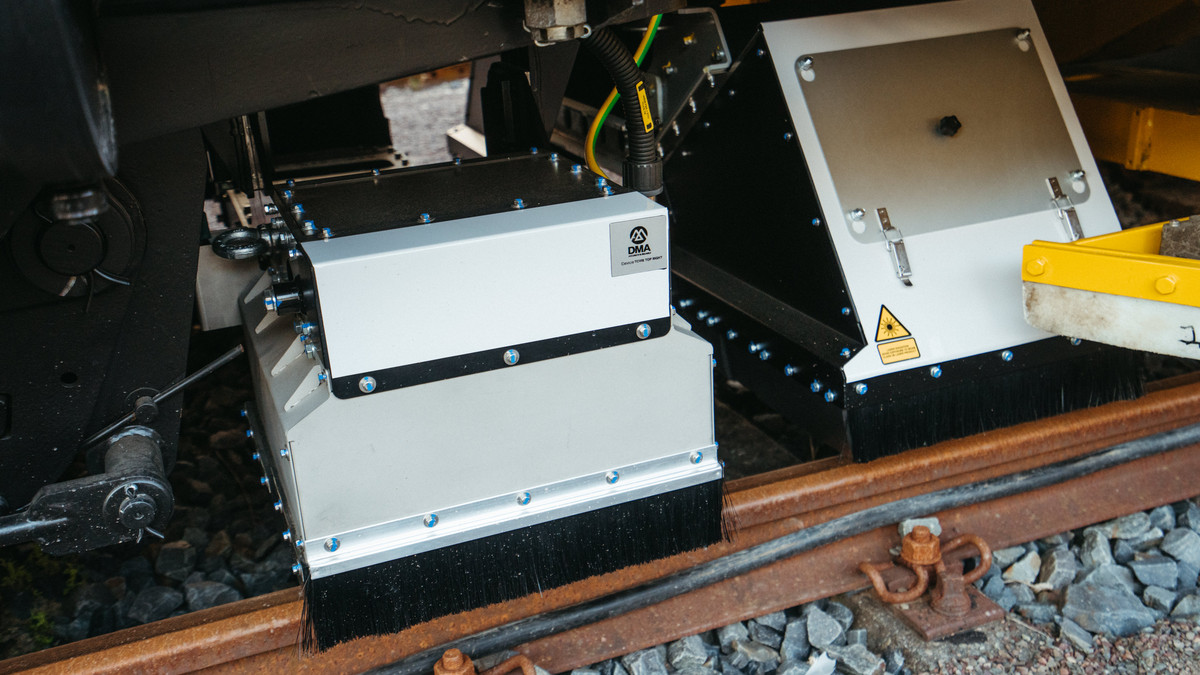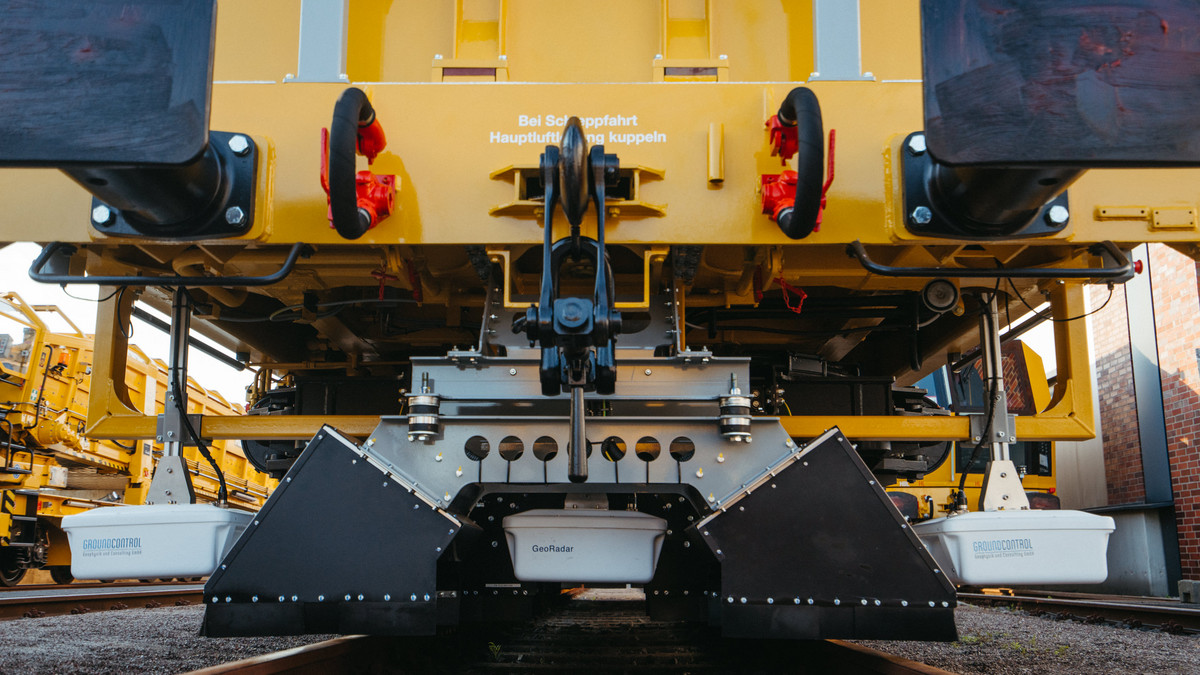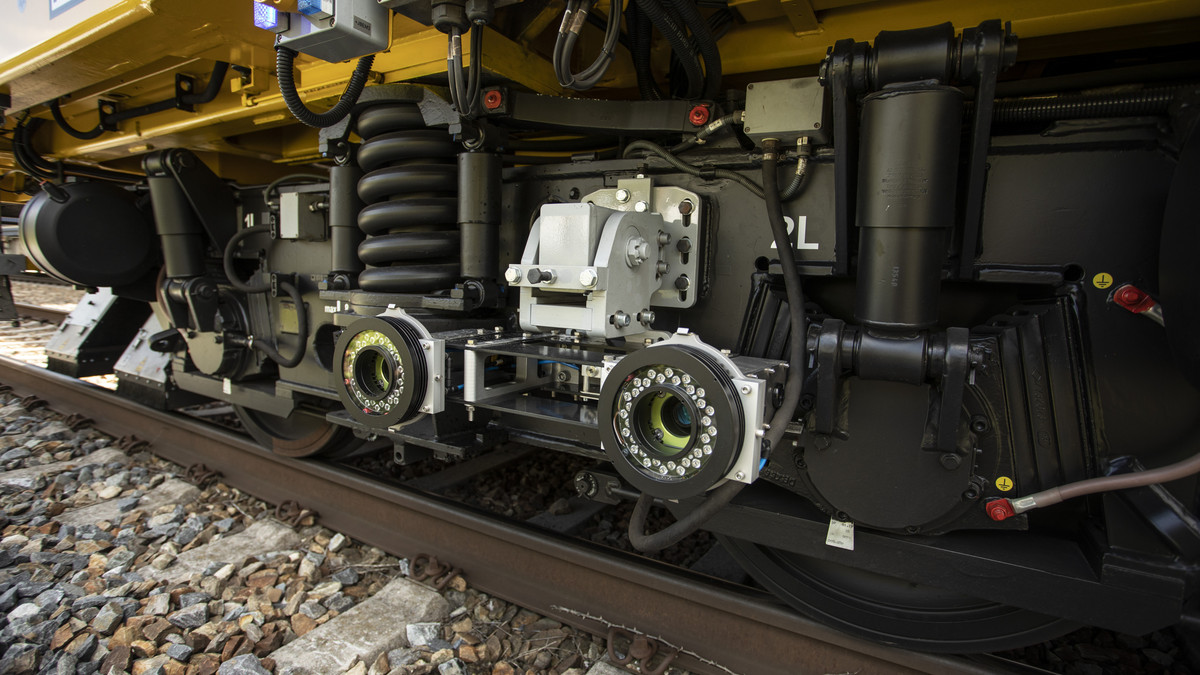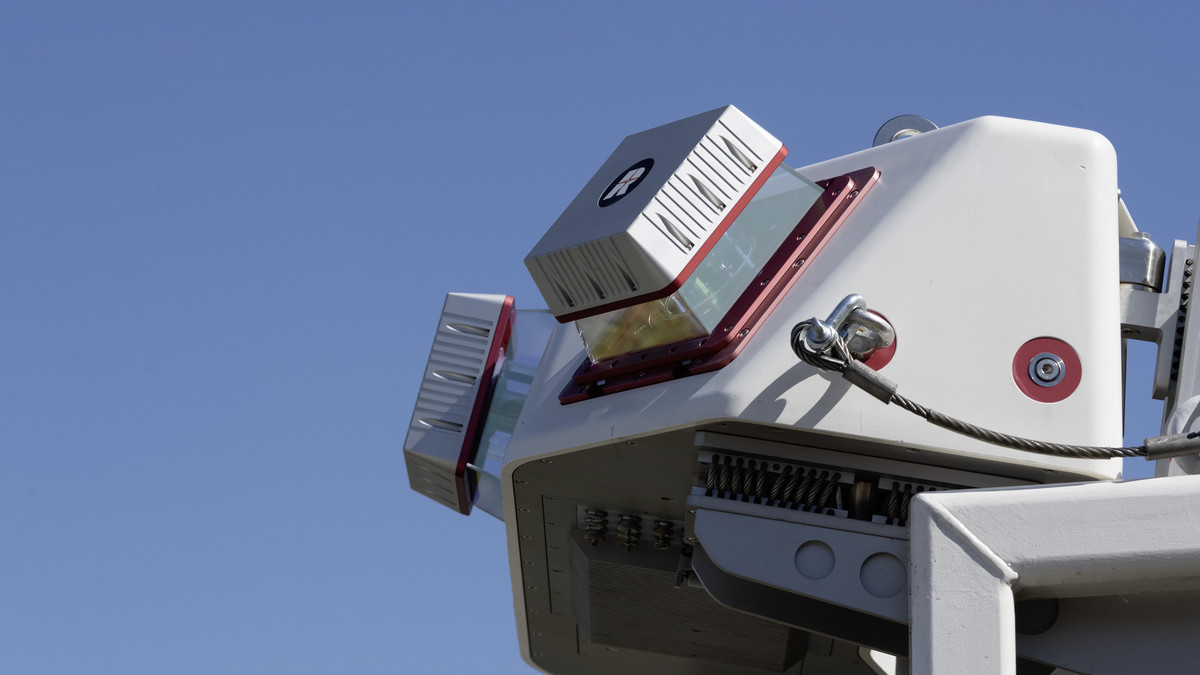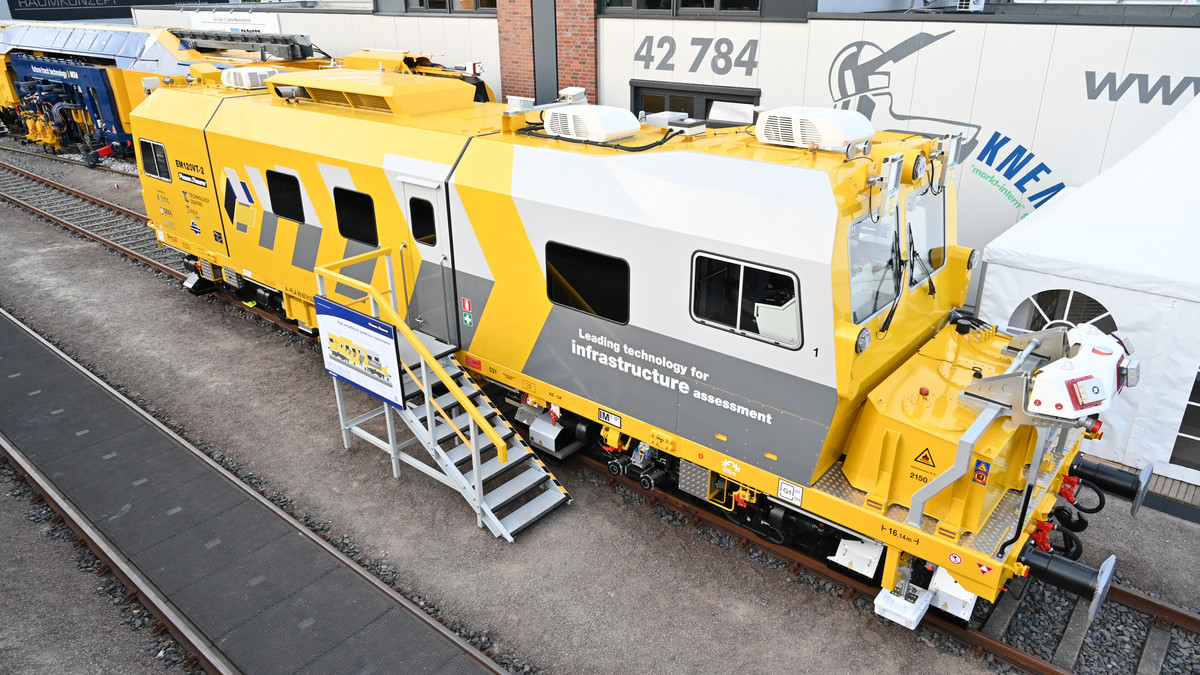Outer track geometry: ReferencedTrackGeometry
By including fixed points in the maintenance process, the track remains in the desired position even after several maintenance cycles. The proven IMU-based track geometry measuring system calculates the track geometry between fixed points. Integrating fixed points enables verification of the absolute track geometry in space. With this data, a tamping machine can work according to the precision method, guided by fixed points. The labour-intensive and time-consuming manual work needed to calculate the absolute track geometry is a thing of the past. The fixed-point measuring system is essential to measuring the entire track infrastructure. This is particularly true of high-speed lines.
Video inspection with automatic evaluation
The EM120VT has a monitoring system, including algorithms to automatically detect rail surface defects, missing or damaged fasteners, and sleeper defects. The system automatically detects missing or misaligned track components, such as fasteners and bolts, damaged rail joints (fish plates), and much more at measuring speeds of up to 120 km/h. The modular system can be configured to test specific elements for the customer's track infrastructure.
Inner track geometry: InertialTrackGeometry
By determining the inertial measuring data, the inner track geometry can also be derived. This serves as proof of rerailing safety and track geometry quality. The non-contacting track geometry measuring system with integrated GPS navigation and optical gauge measuring records the track geometry by generating relative 3D space curves.
Digital twin: a virtual twin of the track
The digital twin provides the basis for sustainable optimization of the railway track, which is particularly helpful for rerouting. A virtual world - the digital twin - reflects all relevant elements of the real track. This results in a consistent, database-assisted track model, containing a wealth of information and its interdependencies. The digital twin provides a high-quality data basis for planning according to BIM (Building Information Modeling). The virtual track is used to carry out holistic tests and develop optimizations.
